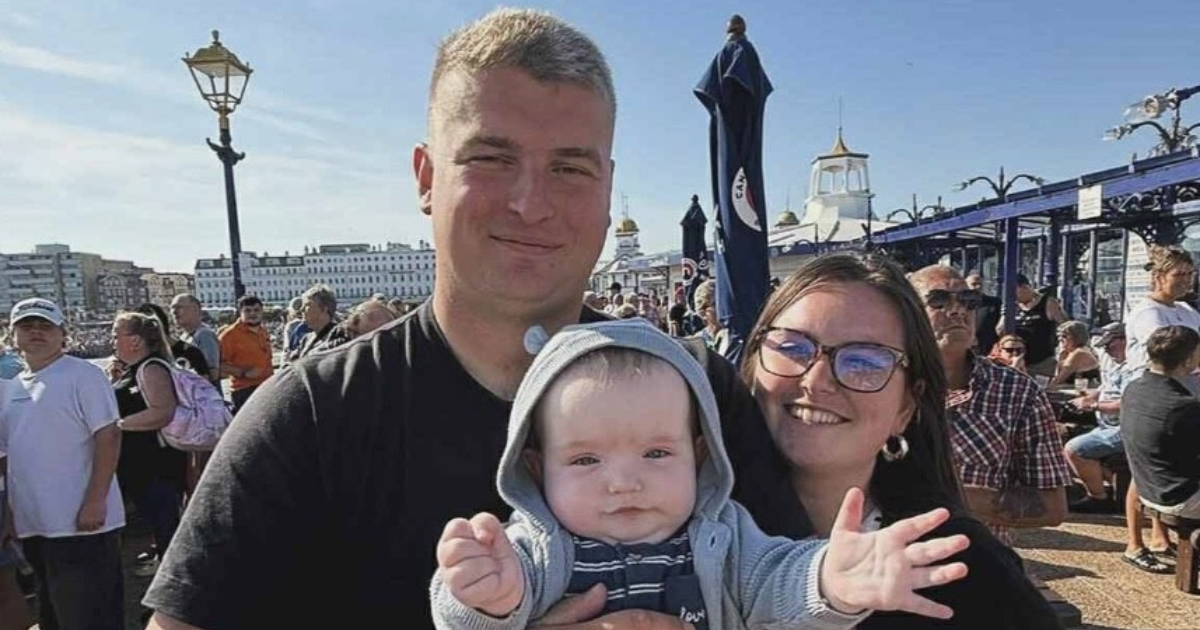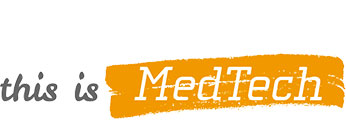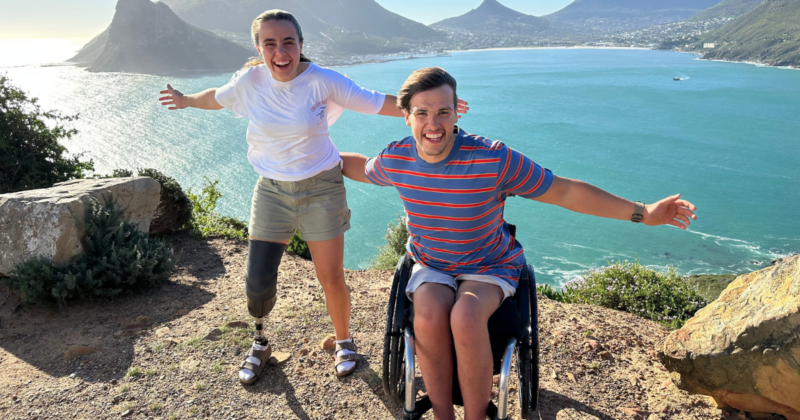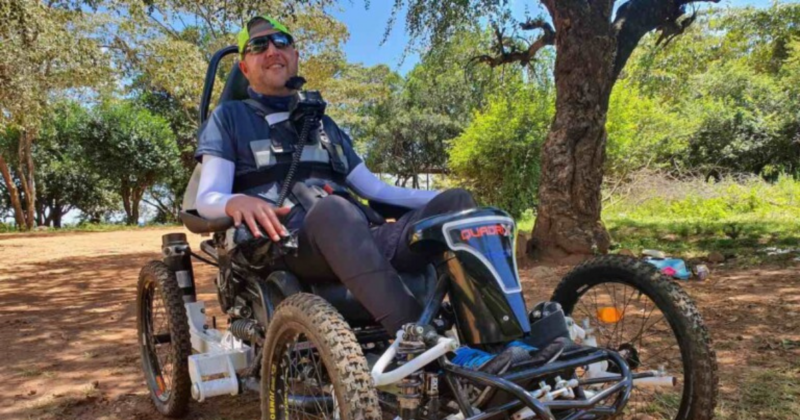
How spine surgery in the womb changed a child’s future

Serena Nye’s pregnancy was going smoothly until her 20-week ultrasound scan, when she and her partner got the shocking news that their unborn son had a serious fault in his spinal cord known as spina bifida. On World Spine Day, she shares their story with MedTech Views.
“We were told that the scan showed a ‘banana sign’ in Tommy’s brain, which we learned was linked to spina bifida, but they couldn’t really see anything else,” explains Serena. “We went home and waited to hear more. Later that day, we got a call saying we needed to see a specialist in London the following week.”
In London, the specialist again used ultrasound medical technology to view Tommy’s brain and spinal cord. There was a gap in his spine that confirmed he had spina bifida, as well as the so-called banana sign that they’d seen on the initial scan. When a banana sign is present, it means that part of the brain at the back of the skull (the cerebellum, which is responsible for motor control and cognitive function) is wrapped tightly around the brainstem, and both extend down into the spinal canal. The formal name for this defect is a ‘Chiari 2 malformation’, and it often accompanies spina bifida.
The severity of spina bifida varies depending on where the gap is in the spinal cord – it can cause problems with movement, including paralysis, bladder and bowel problems, and problems associated with excess fluid on the brain (hydrocephalus).
“We were given three options: terminate the pregnancy, continue with no intervention or see if Tommy was eligible for surgery while he was still in my womb,” says Serena. “We had no idea what this journey would look like, but we chose to explore surgery. After loads of tests on both me and Tommy, including intricate measurements, genetic testing, blood tests and heart tests using magnetic resonance imaging, the doctors said that he was eligible for surgery. It really was an emotional roller coaster.”
The surgery to repair the Chiari 2 malformation and close the opening in his spine was a success. “They did a Caesarean section-type cut in my abdomen, and then they slightly lifted my womb up so that they could operate on Tommy using keyhole surgery. We couldn’t believe what they could do on such a tiny baby,” remembers Serena. “I recovered quickly and was working from home when Tommy decided to come early. As soon as I woke up from the C-section, my partner told me that his legs were moving. That was the one thing we were unsure of while he was in the womb.”
The premature birth at 31 weeks meant Tommy had to stay in hospital for a month before he could go home. “It was tough, but there were other parents in the same boat, which really helped. If we’d been alone, it would have been very different,” Serena notes.
Tommy is a year old now. “I can’t believe everything he’s been through. He’s had surgery for a brain cyst and hydrocephalus, which allows any extra fluid buildup in his brain to be drained. He’s also on medication for an overactive bladder, and he has a urinary catheter, but he’s doing well. His physiotherapist says all his leg muscles are working as they should be and the leg movement is fantastic.”
If other parents find themselves in a similar situation, Serena’s advice is to keep looking towards the future and remember that the hard times do pass.









